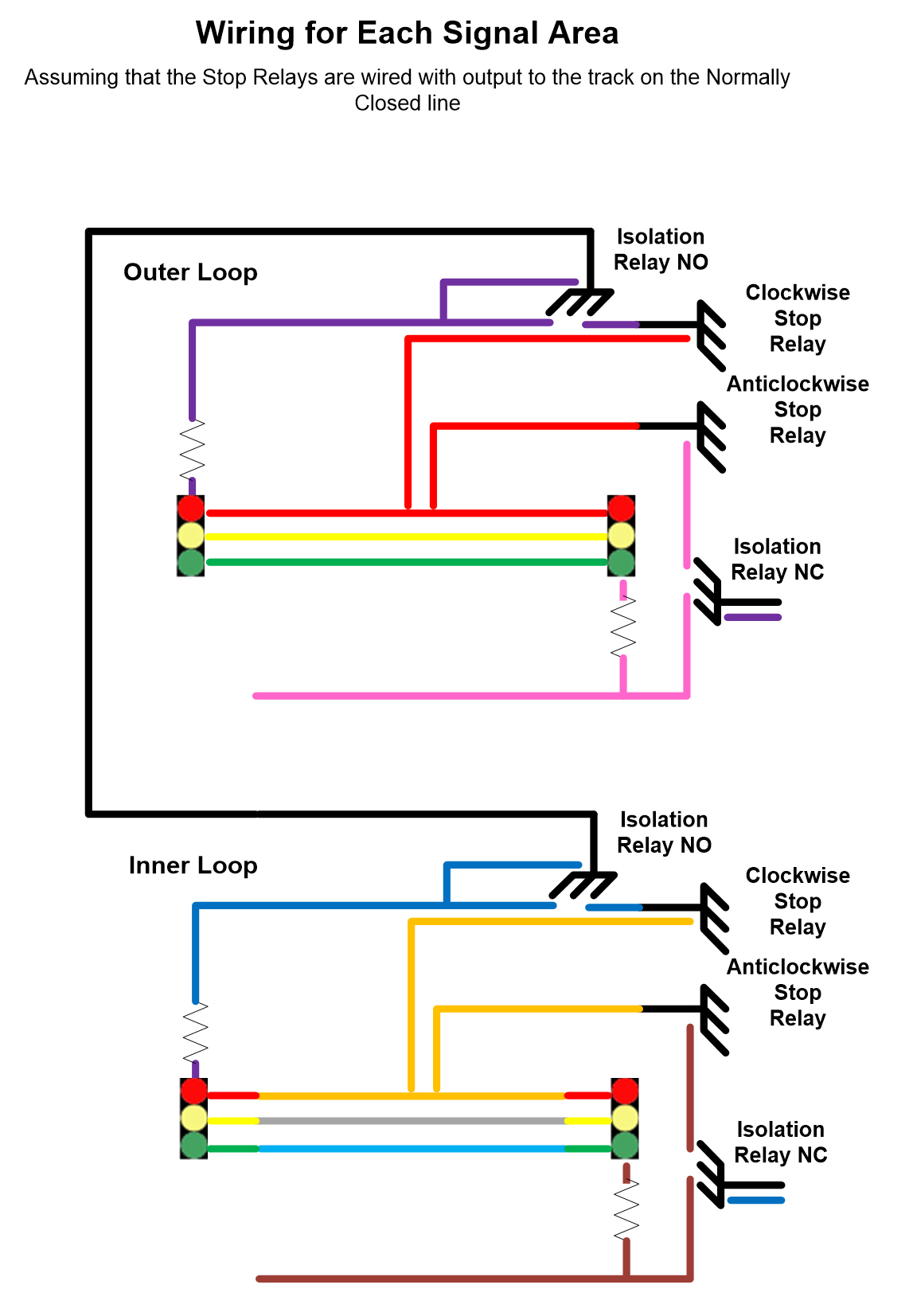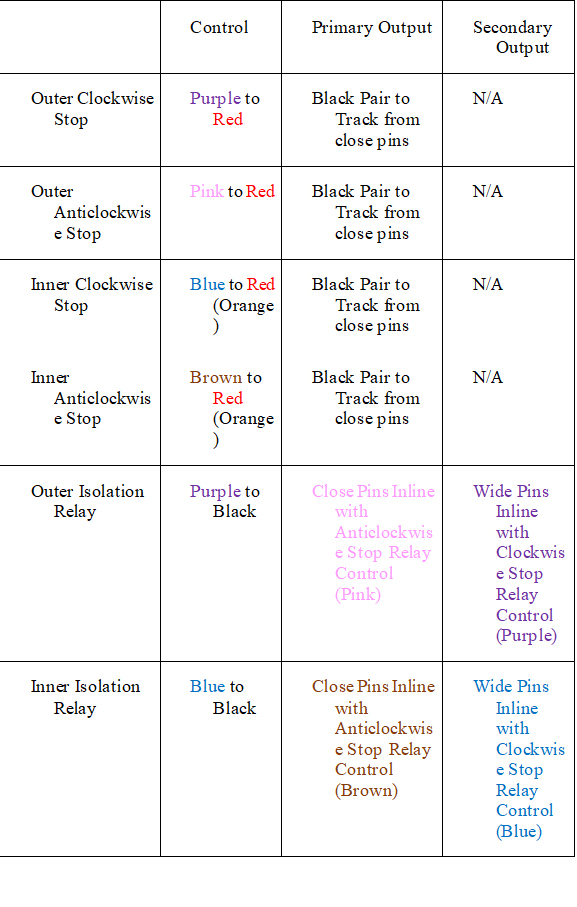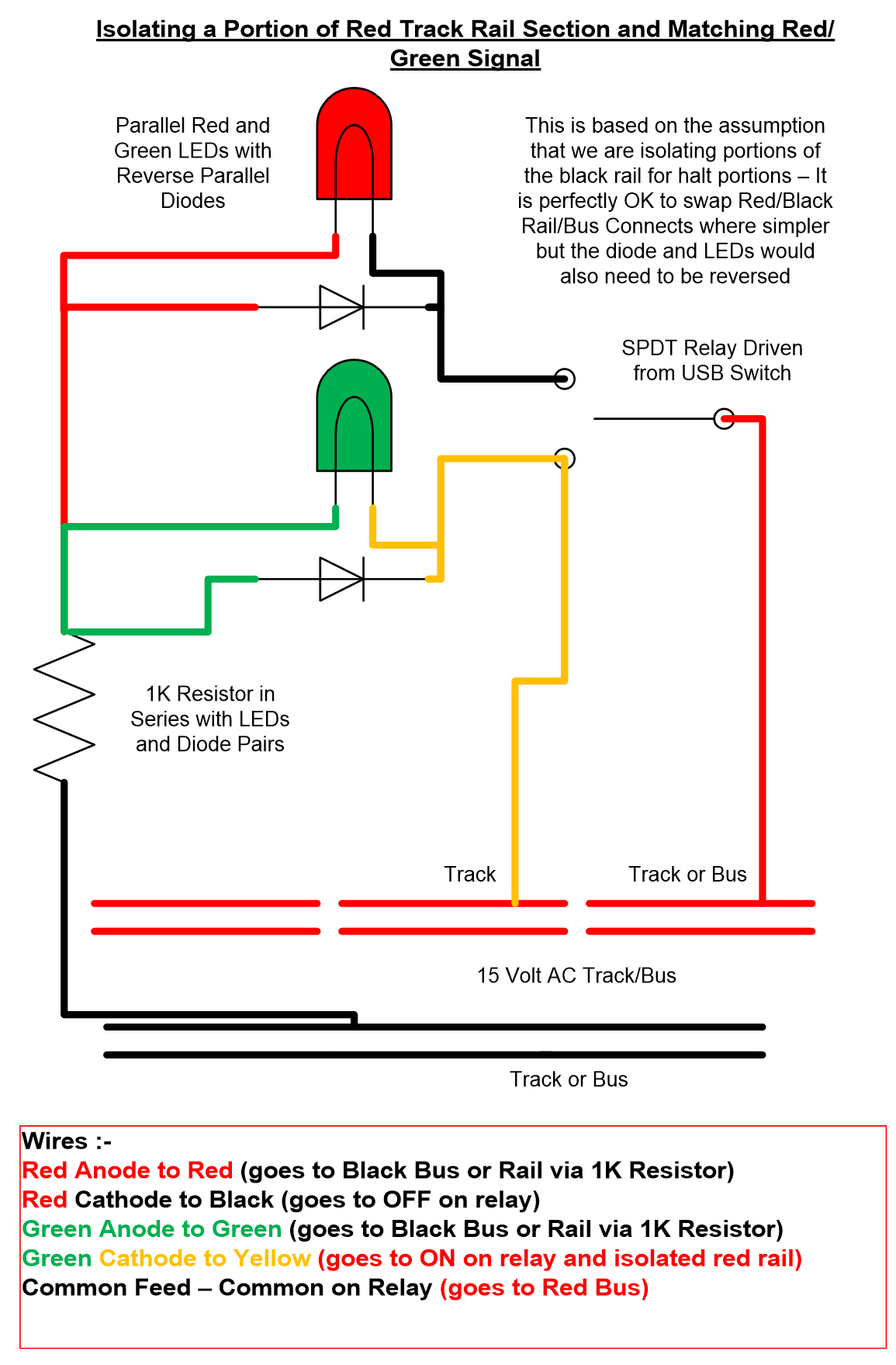 -
- 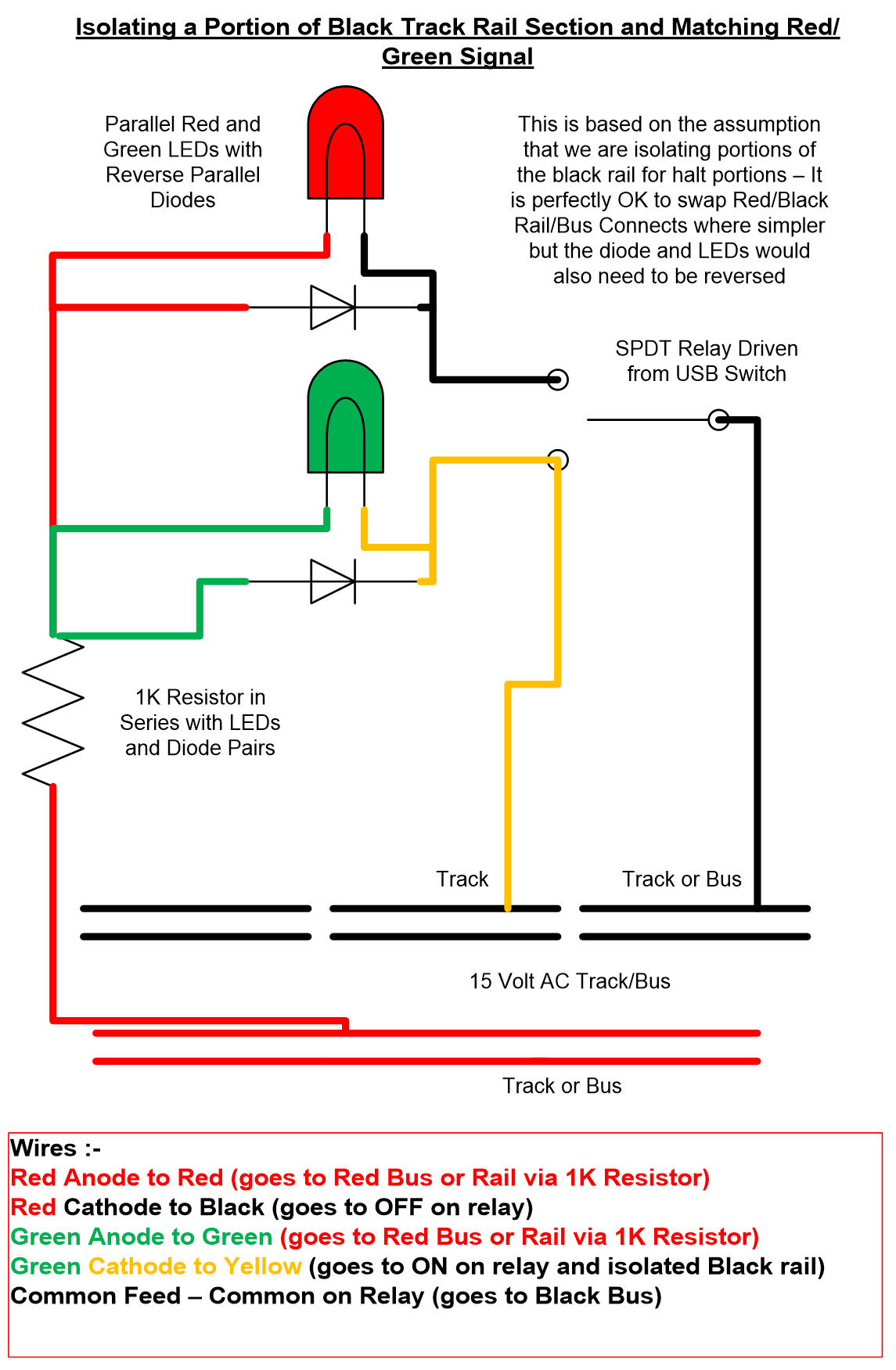
|
Isolated Rail |
Default Direction of Travel |
Default Train |
Platform 1 |
Red |
Overlap - right to left |
n/a |
Platform 2 |
Black |
Clockwise - right to left |
10 Weathered DMU |
Platform 3 |
Red |
Clockwise - right to left |
11 Centro DMU |
Platform 4 |
Black |
Anticlockwise - left to right |
12 Centro DMU |
|
|
|
|
 -
- 
 -
- 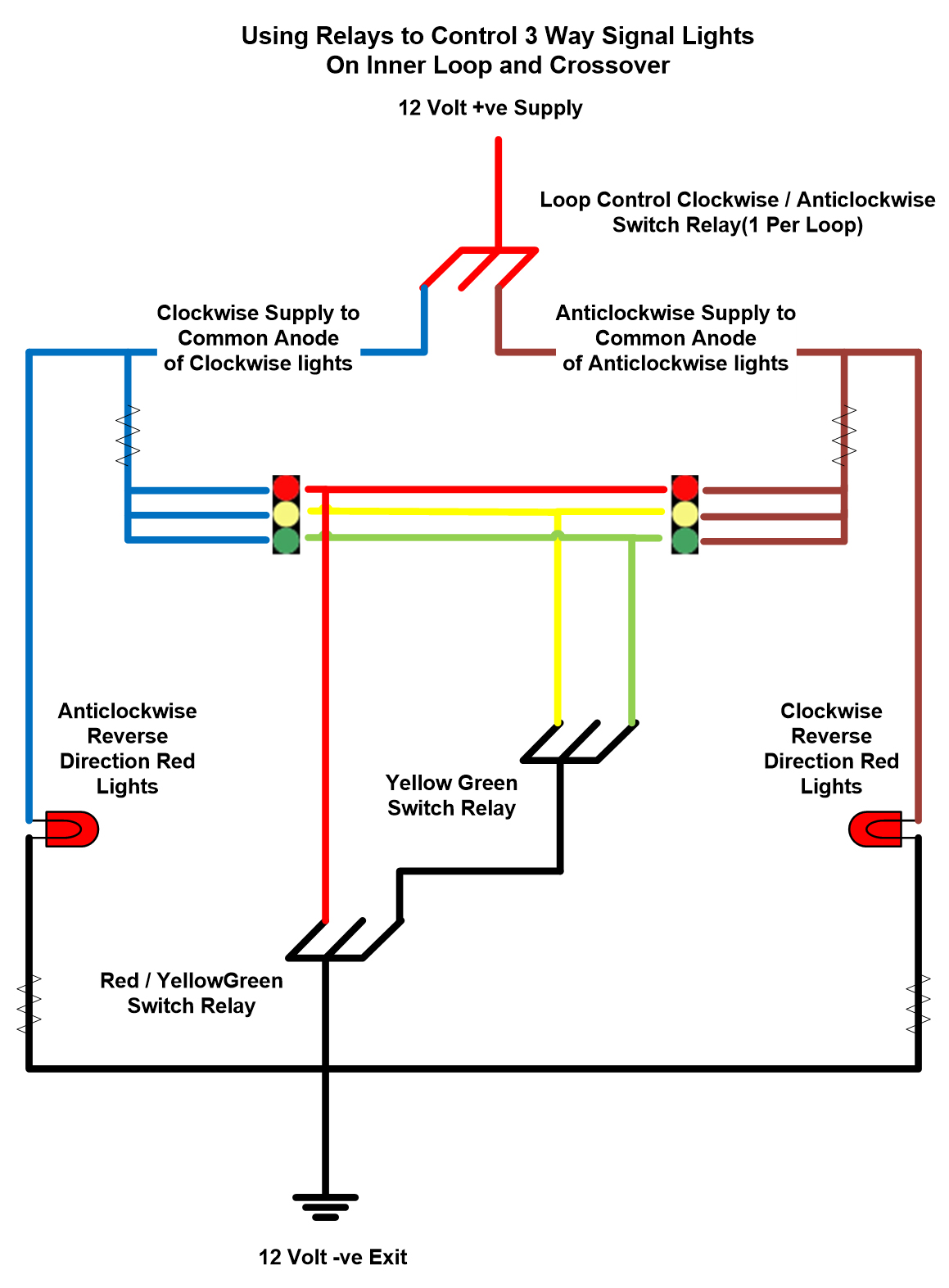 -
- 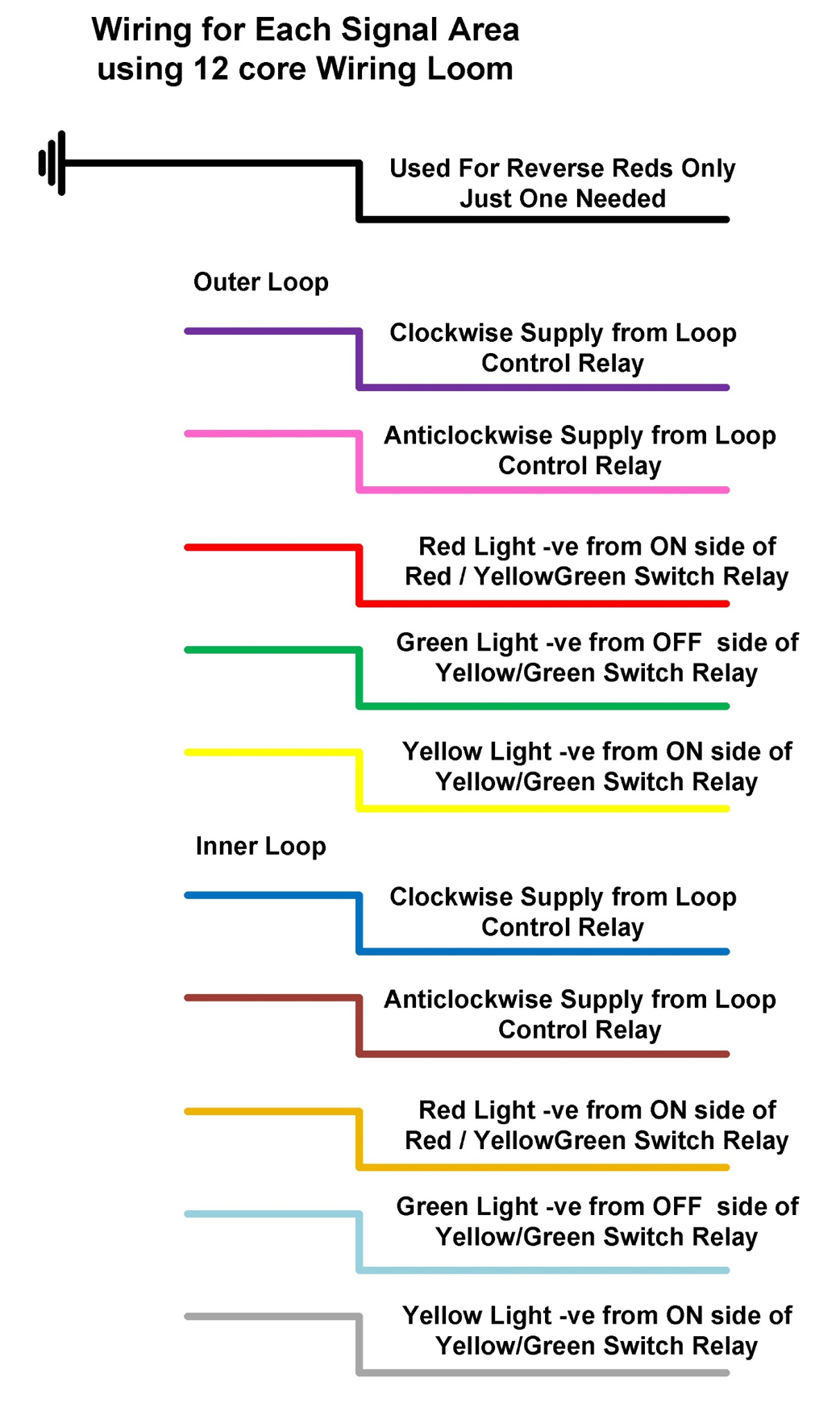
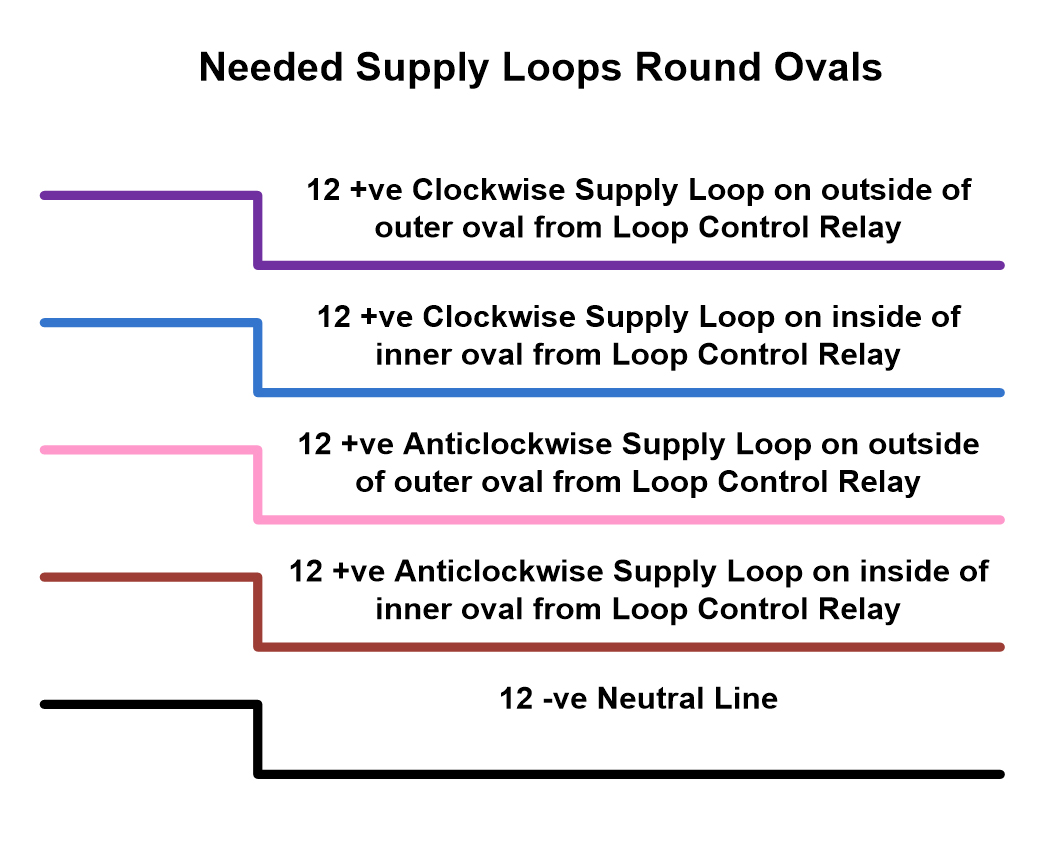
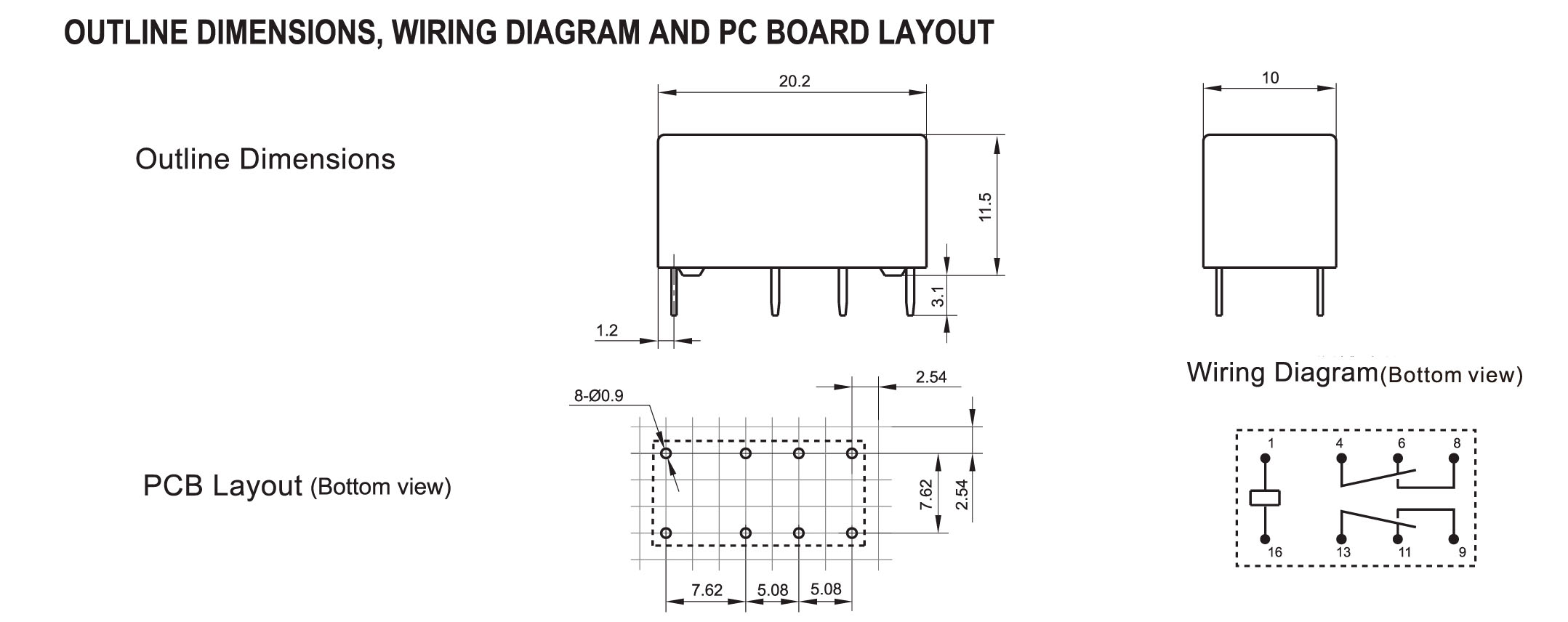
 -
- 